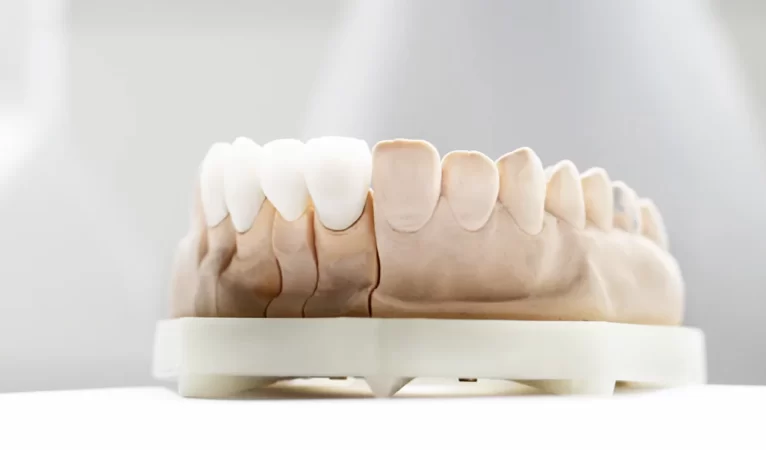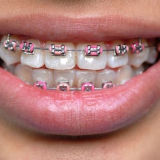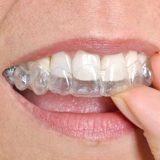What Are Dental Bone Grafts, And Do I Need Them?

Dental bone grafting is a process that adds bone, and therefore structural help, to your jaw. This permits dental implants to be fixed in place, where without the grafts, there would not be enough bone to support the implant. This must be undertaken in two stages: the bone graft procedure and adding your dental implants after several months of recovery.
The most insignificant method used is known as a socket graft. This is usually taken out directly after the old tooth has been removed. While bone grafting procedures are pretty progressive, not all succeed on the first attempt. Houston dental veneers are the perfect solution to many cosmetic dental problems, and there are many temporary veneers options.
When are dental bone grafts required?
If you expect to have dental implants but do not have sufficient thickness in your jawbone to sustain them, bone grafts could be your answer.
Several methods can guide bone loss, where a bone graft can assist. These are the most ordinary reasons for bone loss:
- Gum infection
- Gingivitis
- Osteoporosis
- Cancer
- Traumatic facial damage
Owning well-fitting implants is a much more endless solution than dentures or dental bridges. If well examined, your implants may last you a lifetime. This makes including bone grafts to adjust implants a famous selection for many individuals.
Is dental bone graft worth it?
Maintaining birth teeth is one of the primary advantages of dental bone grafting. When a tooth is misplaced or removed, the surrounding bone deteriorates. By serving a bone graft, the jawbone can be strengthened and stabilized, containing additional tooth loss and maintaining the purity of the remaining teeth.
This requires more extensive treatment or possibly cavity removal of the tooth.
What occurs after a dental bone graft?
You may have discomfort, swelling, and bruising following a dental bone graft. These are usual side outcomes that should decrease in a few days. Signs can be controlled with pain relievers. Your specialist may give you antibiotics as well. These should be taken just as prescribed.
You might detect small chunks of bone coming out of the site over the first few days. These pieces often compare grains of sand or salt. This usually exists as a reason for the problem, but call your dentist to ensure you’re recovering as expected.
Difficulties of dental bone grafts
- Nerve injury.
- Serious bleeding.
- Difficulties from anesthesia.
How does a dental bone graft perform?
In other terms, a dental bone graft is like a platform on which your bone tissue can develop and be restored.
Your dental provider may sometimes combine a dental bone graft with platelet-rich plasma. This is taken from a selection of your blood and is used to promote recovery and tissue regeneration.
Conclusion
As you can see, including a bone graft to help dental implants is expensive. Instead, it is a buy-in for yourself, your prospective dental health, and your overall impression—walk-in emergency specialists caring for patients in extreme emergency dental situations. For more information, visit a walk in dental near me for your overall health.
Dental bone grafts enhance your candidacy for dental implants and other healing methods. Dental surgery can fix your oral health, procedure, and overall quality of life if you have jawbone damage.




